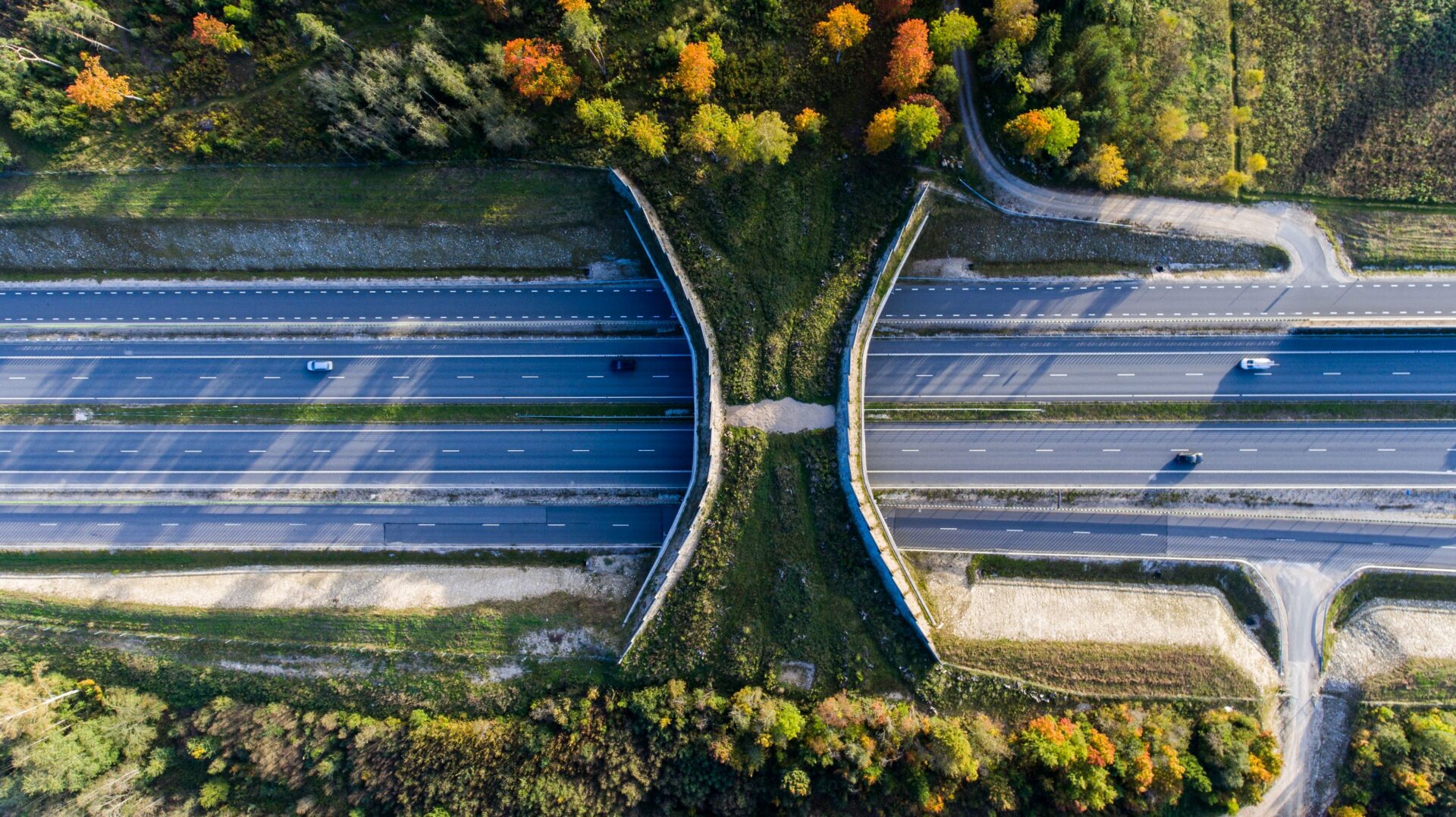
MOOC: Auditing the Sustainability of Infrastructure
1.1. Infrastructure
The increasing population and the effort for a more prosperous society bring about the development of infrastructure. Infrastructure stands for the basic physical and organizational structures and facilities (e.g. buildings, roads, power supplies) needed for the operation of a society or enterprise. By infrastructure, we do not mean only roads and railways – the variety of infrastructure we use and benefit from daily is much more numerous.
During the previous infrastructure course, we asked students to state examples of infrastructure projects in their countries. The most widely mentioned developments were road projects, followed by railway and port/harbour projects. Here are some other examples of infrastructure:
- power stations and electricity networks
- dams
- airports
- flood barriers and other flood protection systems
- telecommunications systems
- gas network and the facilities that use gas as a fuel
- water collection, supply and treatment facilities
- waste management
- mining facilities
Building and maintaining each of these requires vast maounts on (public) spending. However, in addition to the monetary perspective, it is essential to understand that all infrastructure has an impact on the surrounding environment and society. We will take a more in-depth look at these impacts in the following sections of the course.
See the following video to better understand the different types of infrastructure and their importance in governance and auditing.


